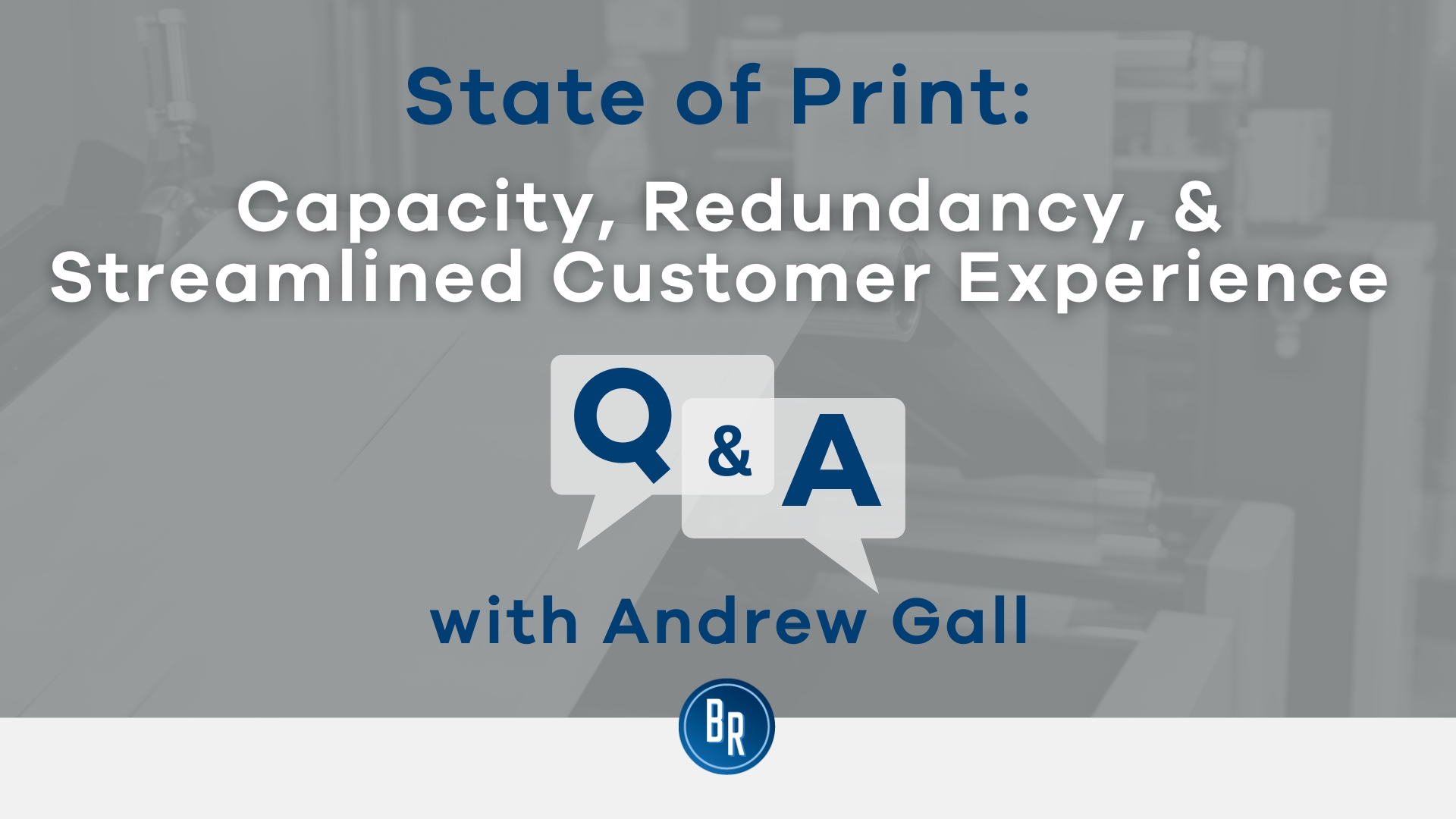Who Pays Redundancy Money? Comprehending Employer Responsibilities in the UK
Who Pays Redundancy Money? Comprehending Employer Responsibilities in the UK
Blog Article
Unloading the Strategies for Mitigating Business Redundancy and Enhancing Business Durability
In today's dynamic organization landscape, the capability of companies to navigate uncertainties and difficulties is extremely important for long-term sustainability. Mitigating business redundancy and enhancing organizational resilience have actually become prime focus for leaders making every effort to thrive and adapt in an ever-evolving market. By delving into the details of critical planning, labor force optimization, and technological assimilation, companies can not only simplify their procedures yet also strengthen their frameworks to withstand unpredicted disruptions. As we discover the complex strategies used by forward-thinking companies, a much deeper understanding emerges right into the positive procedures necessary for fostering dexterity and fortitude when faced with adjustment.
Assessing Current Business Redundancies
To successfully analyze existing business redundancies within a company, a thorough review of the existing obligations, duties, and procedures is important. if a company goes bust who pays redundancy. By performing an extensive exam of the numerous functions and jobs performed within the company, administration can determine locations where replication of initiatives or inefficiencies exist. This assessment must not just concentrate on individual task functions yet also consider how various departments team up and communicate
One approach to examining redundancies is to evaluate task descriptions and duties to determine any type of overlaps or spaces in responsibilities. Additionally, evaluating the operations and communication networks can disclose bottlenecks or unneeded action in processes. It is essential to include staff members in all levels during this evaluation to acquire understandings from those directly entailed in everyday operations.

Implementing Agile Workforce Techniques
Complying with an extensive assessment of current business redundancies, the implementation of active labor force methods comes to be imperative for optimizing operational effectiveness and flexibility. Agile labor force methods involve developing a flexible and dynamic work environment where workers can promptly adjust to altering business demands. One key aspect of applying agile workforce strategies is promoting a society of continuous knowing and advancement. This includes providing employees with the needed tools, sources, and training to obtain new skills and expertises. In addition, organizations can boost agility by advertising cross-functional teams that can quickly change and team up focus based on priority jobs.
An additional necessary component of agile workforce approaches is advertising transparent communication and empowering staff members to choose autonomously within their roles. By decentralizing decision-making procedures, companies can respond better to chances and obstacles. Furthermore, embracing dexterous task administration methodologies, such as Scrum or Kanban, can increase and improve process performance. Overall, implementing active labor force strategies can assist firms stay affordable in today's swiftly advancing business landscape.
Leveraging Innovation for Efficiency
Leveraging sophisticated technological remedies can considerably enhance functional efficiency within organizations seeking to maximize and streamline processes resource use. By incorporating automation tools, fabricated intelligence, and data analytics, business can enhance operations, reduce manual mistakes, and make data-driven decisions quickly. Automation can deal with repeated jobs, permitting employees to concentrate on more strategic initiatives, thereby improving performance and technology.
Additionally, the application of cloud computing services allows seamless collaboration among group participants, regardless of their physical place. This promotes communication, enhances job monitoring, and boosts total effectiveness. Furthermore, utilizing customer relationship management (CRM) software application can assist companies better understand their consumers' needs, individualize interactions, and ultimately increase consumer satisfaction and commitment.

Urging Continuous Knowing and Development
Executing a society of constant understanding and development is necessary for promoting development and versatility within a dynamic business environment. Motivating staff members to participate in continuous understanding opportunities not only improves their specific skills yet also adds to the total resilience of the company. By prioritizing constant understanding, organizations can remain abreast of sector trends, adapt to technological innovations, and remain affordable in the marketplace.
To efficiently motivate constant discovering and growth, firms can develop learning and advancement programs, provide chances for upskilling and reskilling, supply accessibility to on-line training courses and sources, and create a helpful discovering atmosphere. Managers play an important function in promoting a society of learning by leading by example, supplying comments and training, and acknowledging and rewarding employees' understanding accomplishments.
Structure a Resistant Company Society
Establishing a durable company society is vital for organizations seeking to flourish and browse difficulties in an ever-evolving company landscape. A resilient company society is defined by adaptability, transparency, open interaction, and a strong sense of objective. To develop such a culture, leaders have to prioritize cultivating count on among staff members, motivating collaboration, and promoting a growth way of thinking. Clear communication concerning organizational adjustments, difficulties, and successes is critical in developing a culture where staff members feel educated and valued. Furthermore, providing chances for specialist development, recognizing and rewarding workers' contributions, and advertising work-life balance are essential components of a resilient business culture.
Leaders play a significant function fit the society of an organization. By leading by example, demonstrating strength despite adversity, and proactively sustaining their groups, leaders can instill these values throughout the organization. A durable business culture not only helps companies endure check this site out obstacles yet additionally cultivates innovation, improves worker interaction, and inevitably adds to long-term business success.
Final Thought
In verdict, the approaches for minimizing firm redundancy and improving organizational durability are important for maintaining competition in today's vibrant service useful reference environment. By assessing current redundancies, implementing dexterous labor force techniques, leveraging technology, urging constant knowing and development, and constructing a durable corporate society, companies can adapt to transform, enhance efficiency, and foster innovation. These positive steps will certainly assist companies browse challenges, reduce disruptions, and make certain long-lasting success in the ever-evolving marketplace.
Complying with a complete evaluation of existing organizational redundancies, the execution of active workforce methods becomes essential for maximizing operational effectiveness and versatility - if a company goes bust who pays redundancy. In general, carrying out active labor force strategies can help firms stay affordable in today's swiftly developing organization landscape
A resilient company culture not just aids companies hold up against challenges however additionally fosters advancement, enhances worker involvement, and ultimately contributes to long-lasting business success.

Report this page